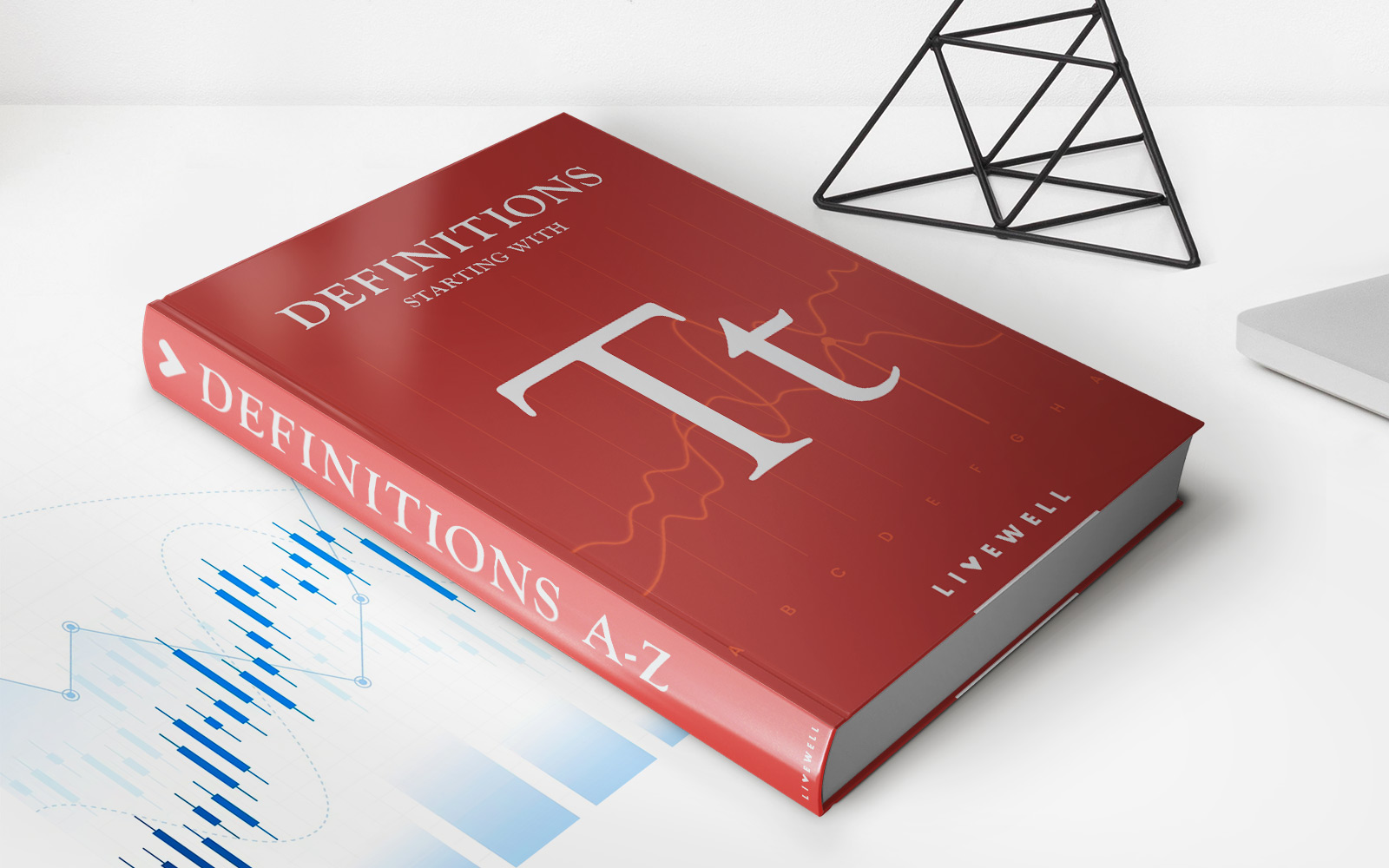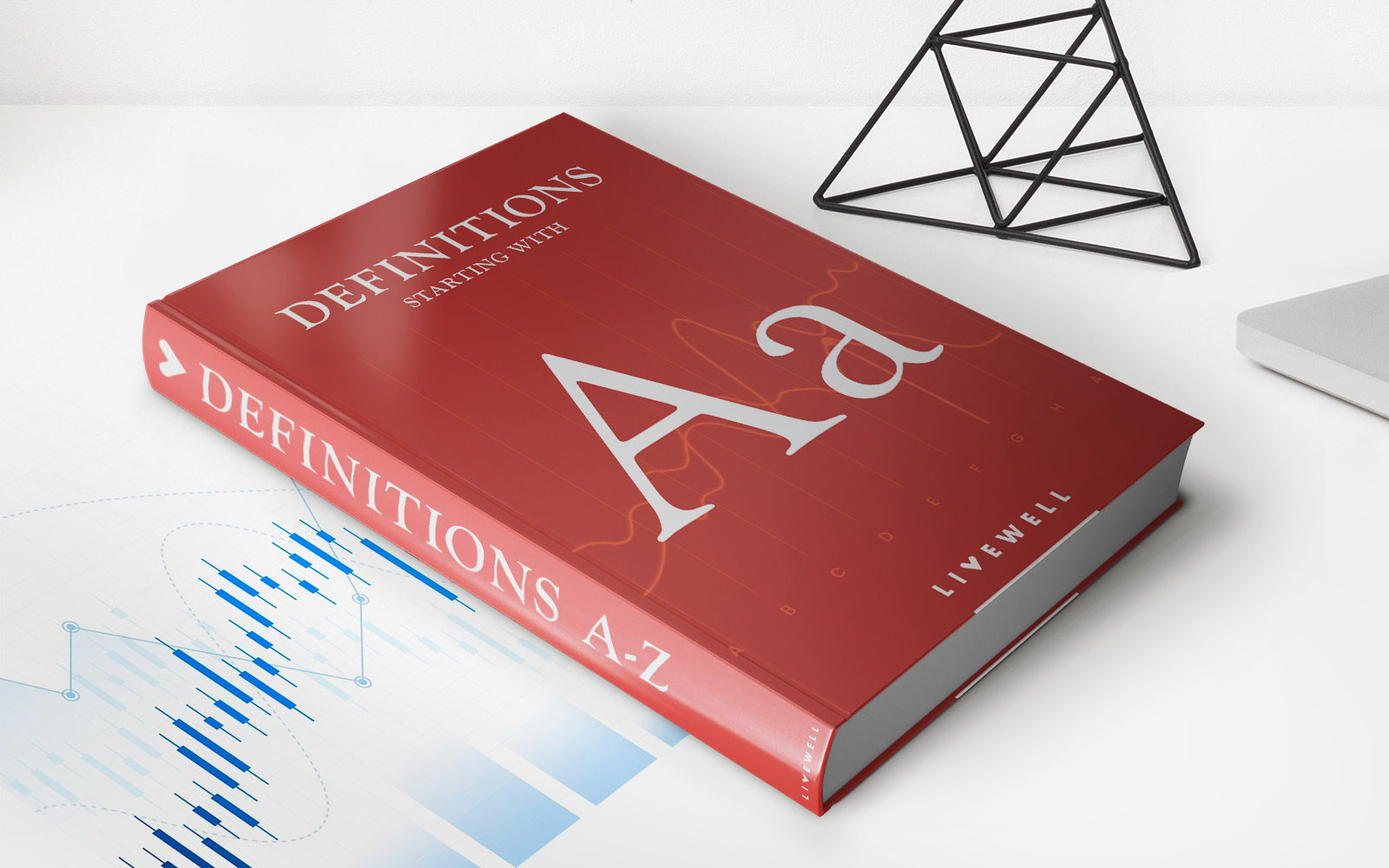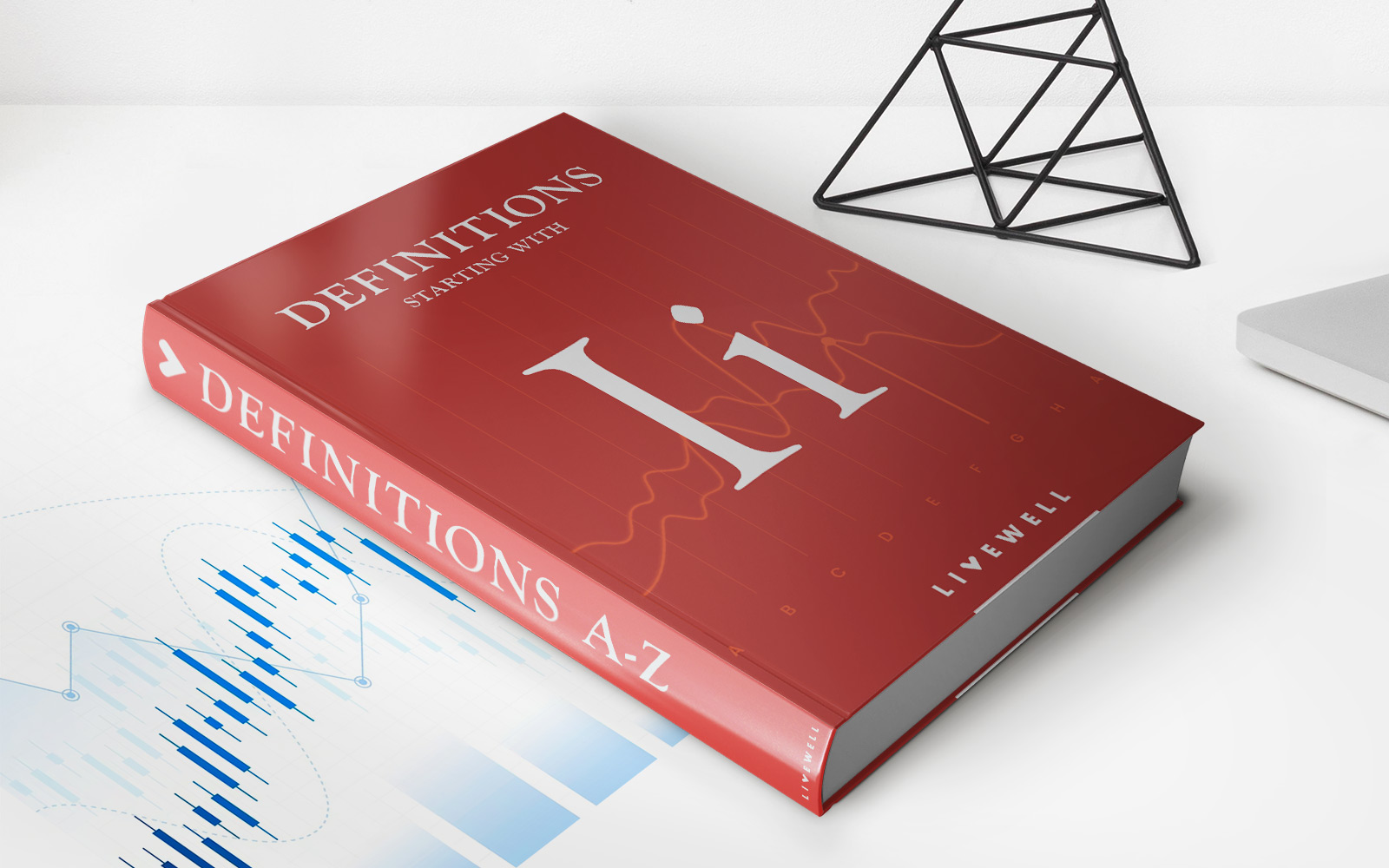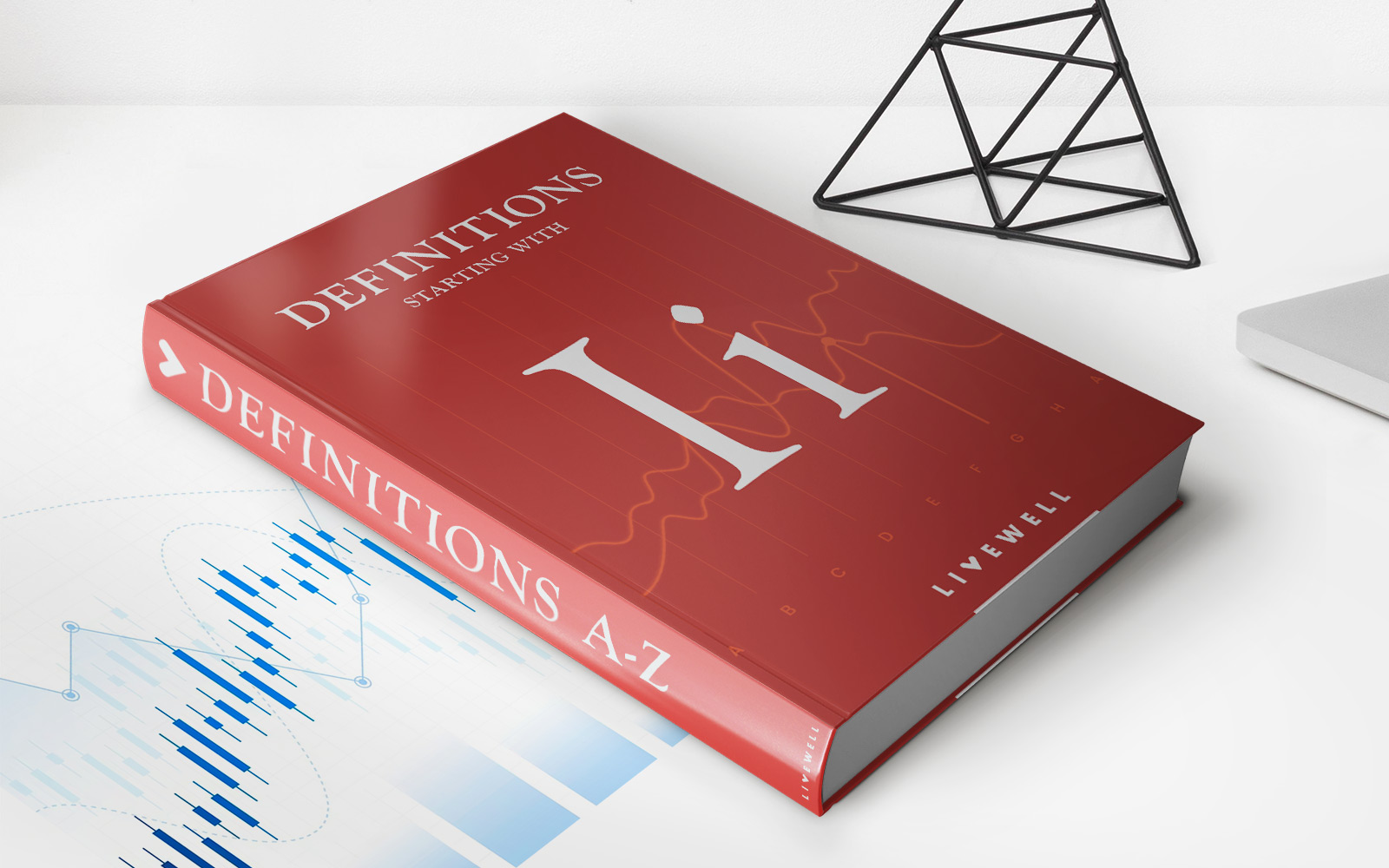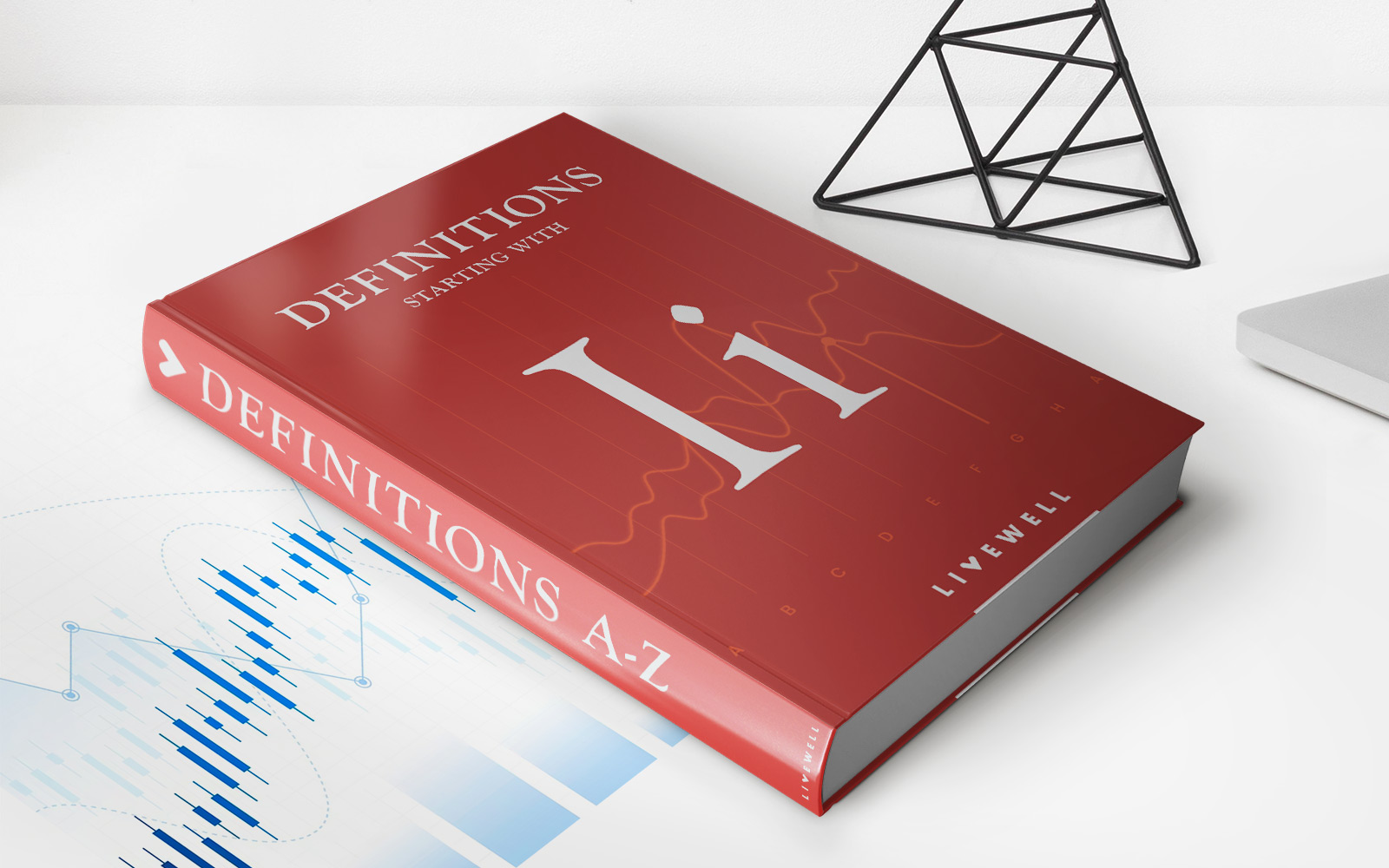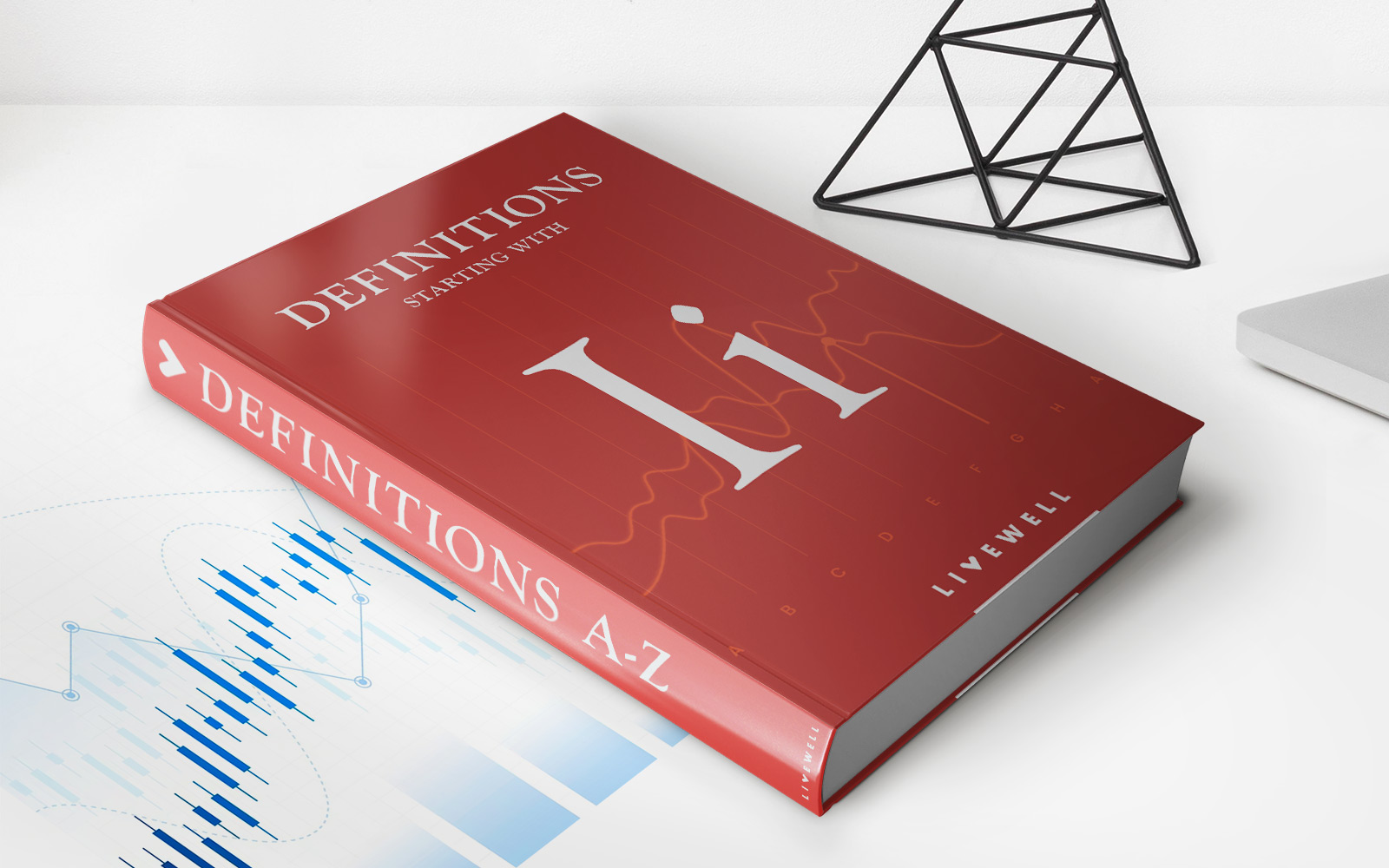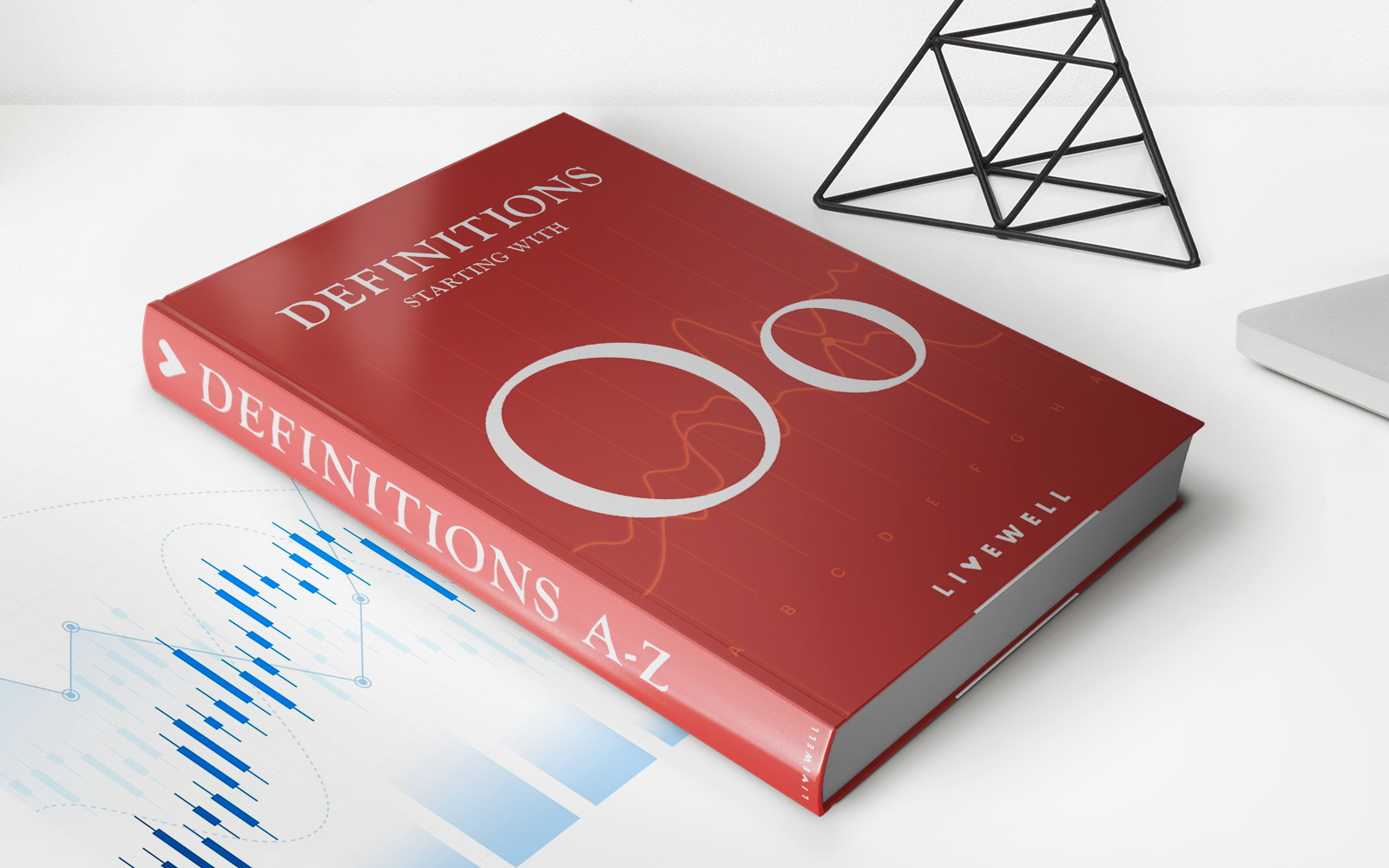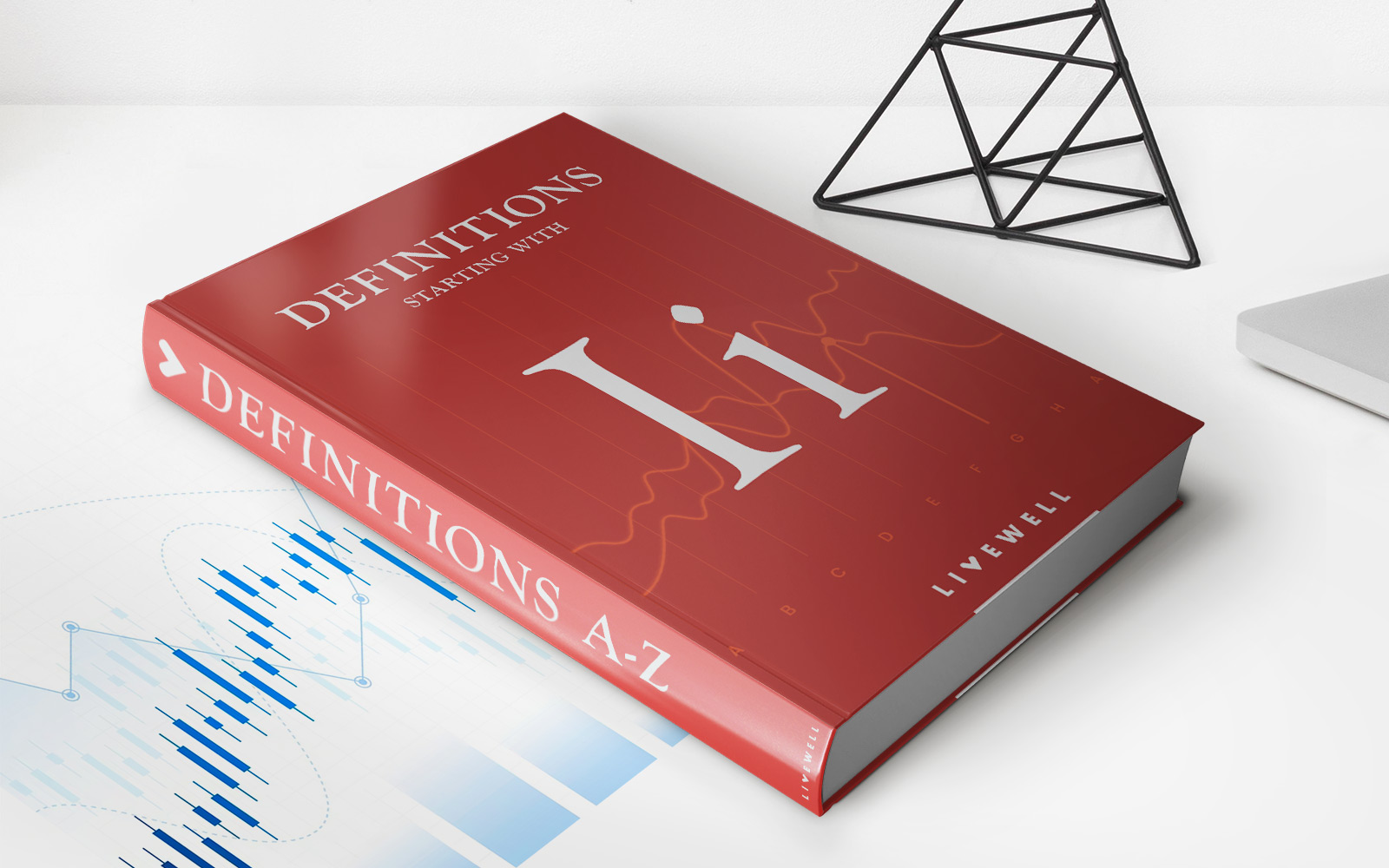

Finance
Implied Volatility (IV) Definition
Published: December 7, 2023
(Many of the links in this article redirect to a specific reviewed product. Your purchase of these products through affiliate links helps to generate commission for LiveWell, at no extra cost. Learn more)
Understanding Implied Volatility (IV) Definition and Its Significance in Finance
Are you an investor or trader looking to make informed decisions in the financial markets? If so, it is crucial to understand the concept of implied volatility (IV) and its significance in finance. In this blog post, we will explore the definition of implied volatility and how it can be a useful tool in evaluating market expectations. By the end, you will have a clear understanding of how IV can help you navigate the dynamic world of finance.
Key Takeaways:
- Implied volatility (IV) is a measure of market expectations regarding the future volatility of a financial asset.
- IV is derived from options prices and represents the consensus view of market participants on the potential price swings of the underlying asset.
What is Implied Volatility (IV)?
Implied volatility (IV) is a key metric used in options pricing and trading. It is a measure of market expectations regarding the future volatility of a financial asset. While historical volatility measures the actual price fluctuations observed in the past, implied volatility focuses on the future.
Implied volatility is derived from options prices, specifically from the premiums investors are willing to pay for options contracts. These premiums reflect the collective opinion of market participants on the potential price swings of the underlying asset over a specific time period.
Why is Implied Volatility (IV) Important?
Implied volatility plays a crucial role in finance for several reasons:
- Option Pricing: Implied volatility is a key component in options pricing models, such as the Black-Scholes model. Options traders use IV to determine fair market value for options contracts, helping them make informed buying and selling decisions.
- Market Expectations: IV provides insights into market expectations and sentiment. A high IV suggests that market participants anticipate significant price fluctuations, indicating higher perceived risk. Conversely, a low IV may indicate limited expectations for price volatility.
- Trading Strategies: Traders can use IV to develop various strategies, such as volatility arbitrage and options spreads. IV can help identify mispriced options and potential opportunities for profit.
- Risk Assessment: Implied volatility is a critical factor in risk management. It allows investors and portfolio managers to assess the potential downside risk associated with holding a particular asset or portfolio of assets.
In Conclusion
Implied volatility is an essential concept to understand in the field of finance. By measuring market expectations and sentiment, it provides valuable insights for investors and traders. Whether you are evaluating option prices, developing trading strategies, or assessing risk, knowing how to interpret and utilize implied volatility can make a significant difference in your decision-making process.
So, next time you come across implied volatility, remember its significance in finance and how it can help you navigate the dynamic world of investing.

